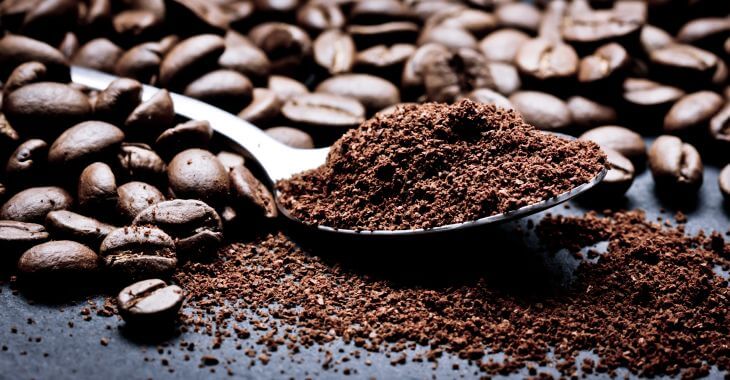

The dog will experience shortness of breath because the red blood cells that carry oxygen through the body are reduced in number. The red pigment from the burst blood cells appears in an affected dog's urine making it dark colored. At first dogs affected by onion poisoning show gastroenteritis with vomiting and diarrhea, weakness and show little or no interest in food. The poisoning may occur a few days after the dog has eaten the onion. The condition generally improves once the dog is prevented from eating any further onion. Onion poisoning can occur with a single ingestion of large quantities or with repeated meals containing small amounts of onion.

Onions cause hemolytic anemia, which means that the red blood cells break down leaving the dog short of oxygen. It has been reported that two dogs died directly from the toxicity, three were euthanized due to poor response to treatment and five dogs lived.ĭue to the severity of the signs and the potential for death, the veterinarians at the National Animal Poison Control Center (NAPCC) advocate aggressive treatment for any dog believed to have ingested excessive amounts of grapes or raisins, including inducing vomiting, stomach pumping and administration of activated charcoal, followed by intravenous fluid therapy for at least 48 hours or as indicated based on the results of blood tests for kidney damage. The amount of grapes eaten varied between 9 ounces and 2 pounds, which worked out to be between 0.41 and 1.1 ounce/kilogram of body weight. The symptoms are gastrointestinal signs including vomiting and diarrhea, and then signs of kidney failure with an onset of severe kidney signs starting about 24 hours after ingestion. 1 ounce per 9 pounds of body weight ( 1 ounce per 4 kilogram) for baker's chocolate.ĭuring many holidays such as Christmas, New Year's Day, Easter and Halloween, chocolate is often accessible to curious dogs, and in some cases, people unwittingly poison their dogs by offering them chocolate as a treat or letting them lick a frosting bowl.Īlthough the minimum lethal dosage is not known, grapes and raisins can be toxic to dogs when ingested in large quantities.1 ounce per 3 pounds of body weight ( 1 ounce per 1.5 kilogram body weight) for semi-sweet chocolate.1 ounce per pound of body weight (2 ounces per kilogram of body weight) for milk chocolate.A dog needs to eat more than a 250gm block of milk chocolate, however the high amount of fat found in milk chocolate can lead to an attack of pancreatitis. The next most dangerous forms are semi-sweet chocolate and dark chocolate, with milk chocolate being the least dangerous. Even licking a substantial part of the chocolate icing from a cake can make a dog sick. These forms of chocolate contain ten times more theobromine than milk chocolate. However, the signs of sickness may not be seen for several hours, with death following within twenty-four hours.Ĭocoa powder and cooking chocolate are the most toxic forms. After their dog has eaten a large quantity of chocolate, many pet owners assume their pet is unaffected. An ounce or two of chocolate may not seem like much but it can be lethal to a small dog that weighs 10 lbs. Larger quantities of chocolate can poison or even kill a medium or large dog. Symptoms of chocolate poisoning include: vomiting, diarrhea, tremors, hyperactivity, irregular heartbeat and seizures.

Death is quite possible, especially with exercise. Theobromine will either increase the dog's heart rate or may cause the heart to beat irregularly. The effect of theobromine on the heart is the most dangerous effect. Due to the diuretic effect, it may pass large volumes of urine and it will be unusually thirsty.

When affected by an overdose of chocolate, a dog can become excited and hyperactive. Chocolate contains theobromine, a compound that is a cardiac stimulant and a diuretic.


 0 kommentar(er)
0 kommentar(er)
